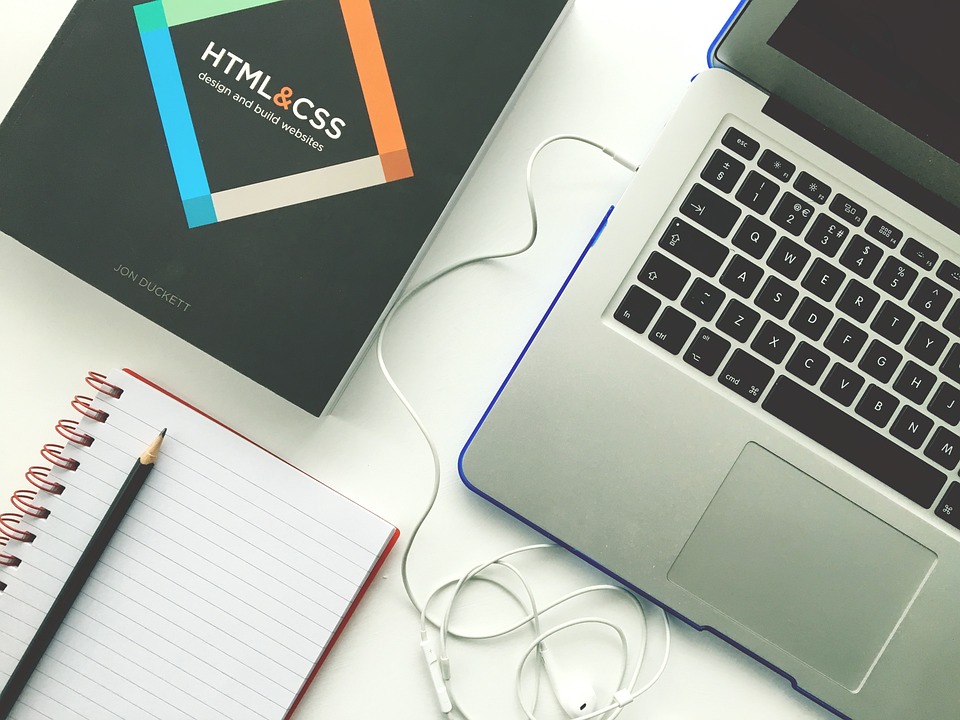A List of Important On-Page SEO Elements
Previously, I talked about the significance of optimizing on-page web elements to boost SEO rankings. This time around, I will discuss the 5 important areas to improve on your website to ultimately boost web traffic and conversion rates.
- Title Tag
- The title is one of the basic HTML tags that will let you know the subject of the blog post. How is this relevant? You can set a title as you publish a post anyway, right? I know it gets neglected at times.
- The thing is the title tag is the one that is displayed in the SERPs. Usually, it will manifest as the link users will click once they are in the search engine results.
- So, don’t forget to edit your title tags. Avoid having duplicates and take time to compose your titles because this will be visible to your users.
- Meta Description
- Aside from the title, meta descriptions are a must. These two go hand in hand. You just don’t edit the title. Of course, you need to provide a small snippet of your post. In the SERPs, the meta description is placed just below the title.
- Through adding meta descriptions, you are trying to convince people to check your article out. Thus, it is crucial to discuss what the web page is about and the scope of your topic.
- Remember, that meta descriptions do not directly influence your rankings. However, if you do it right,
- Your web pages gets more clicks. Thus, increasing your CTR.
- It also implies that you have a good quality page since people click on your web pages.
- It proves that your website has something to offer to the searchers.
- Catchy Headlines
- Compel your readers to read your blog posts and you start that by writing irresistible headlines. Of course, users will prefer to click a page that catches their attention. If they think it is boring from the headline alone, they won’t bother clicking. Instead, users will look for pages that they think are interesting.
- Other than the title and meta description, you also need a great headline to lure readers to your website. It should provide a solution to the concerns of people, and most importantly, the headline should pique the natural curious mind of anyone who is browsing the internet.
- Header Tags
- To divide your post into different sections, you would need headlines, right? In order to effectively make headlines, you need to use the header tags. The standard header options are H1, H2, and up to H6.
- If you apply header tags, you are making it easier for your users. They can read your content better. It is also easier for them to identify the key points of your content. Thus, readers will keep coming back to your website because they find your posts easier to digest and enjoyable to read.
- Premium Content
- Let us all not forget the main focus of it all: your writing. You write useful content for your users and for search engines.
- You need to make your pages easier for search engines to discover. How will people see your web page if search engines can’t detect them?
- So, don’t just add content just to fill a web page. Write something helpful, educational, and something that make your reader’s life easier.




